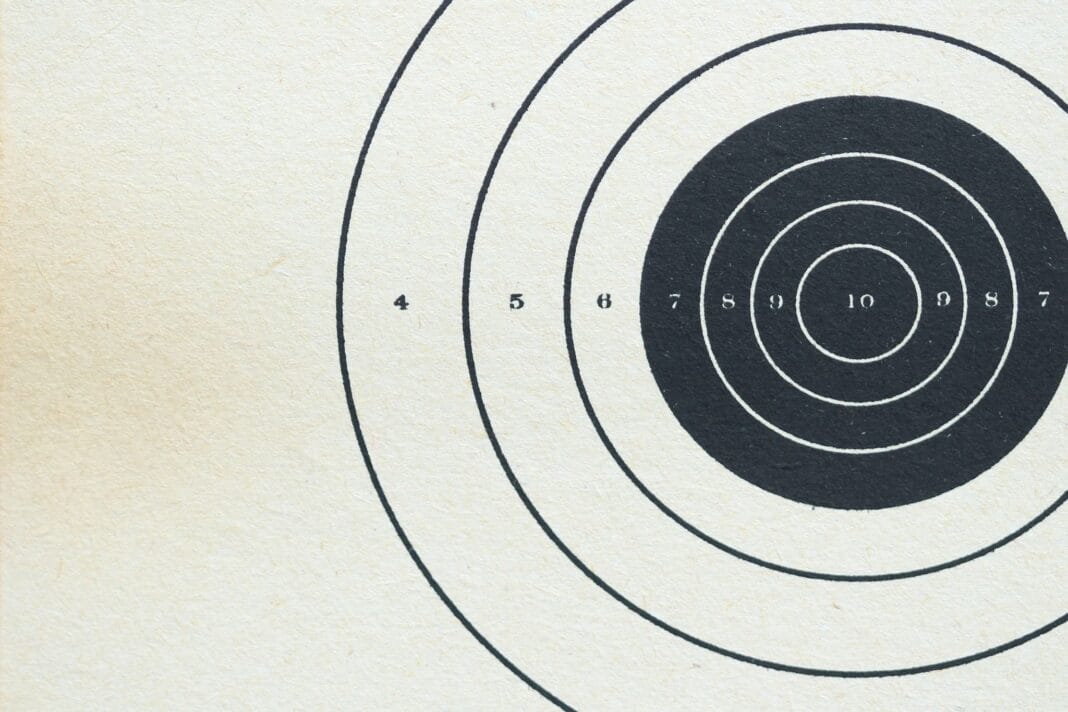Achieving the perfect shot with your rifle is as much about precision as it is about understanding the mechanics of your firearm. Whether you are a seasoned hunter or a novice shooter, proper sighting is crucial for accuracy. In this comprehensive guide, we break down the methodology and techniques necessary to sight in your rifle effectively, ensuring you’re optimally prepared for the shooting range or the field.
Why Sighting In is Important
Understanding Rifle Dynamics
Understanding the mechanics of your rifle and how they interact with external factors like wind and distance is crucial. Sighting ensures that your aim is true, accounting for any deviations in trajectory that occur as the bullet travels.
Increasing Accuracy
Properly sighting in your rifle ensures your shots hit where you intend, reducing waste and increasing your efficiency and success rate.
Preparation Before Sighting
Choosing the Right Scope
The scope is integral to your accuracy. Select a scope compatible with your rifle and appropriate for the distances you plan to shoot. Ensure it is adjusted to meet your eye relief specifications for comfortable sighting.
Gathering Necessary Tools
Before beginning the sighting process, assemble necessary tools: a rifle rest or bipod, targets, a bore sighter, a spotting scope, and ammunition identical to what you’ll be using during actual shooting.
Safe Shooting Environment
Ensure you’re in a safe shooting environment, preferably an outdoor range or a controlled setting where you have permission to shoot. Safety gear such as ear protection and safety glasses is essential.
Step-by-Step Guide to Sighting In Your Rifle
Step 1: Mounting the Scope
Align the scope with the rifle properly. Ensure the scope is mounted level, with equal assent on both sides. Tighten screws securely without over-tightening, which might damage the scope or misalign it.
Step 2: Bore Sighting
Utilize a bore sighter to align the scope roughly with the barrel. This saves time and ensures the first shots are at least on target. Place the rifle on a stable rest, look through the barrel at a distant object, and adjust the scope to match the object seen through the barrel.
Step 3: Initial Firing and Adjustment
Set up a target at 25 yards. Fire three shots, aiming at the same point. Examine where the shots landed. Adjust the scope’s windage and elevation knobs accordingly to center the grouping on the target.
Step 4: Fine-Tuning at Longer Distances
Move the target to 100 yards. Repeat the firing and adjustment process. Fire three-shot groups and adjust until your grouping is within the bullseye. Repeat this at varying distances if needed, considering your typical shooting range.
Step 5: Confirming with Cold Barrel Shots
After sighting in, allow the barrel to cool, as cold and hot barrels may affect bullet trajectory differently. Take additional shots to confirm the accuracy of your sighting.
Factors to Consider While Sighting
Bullet Drop
Understand how gravity affects your bullet over different distances. Use ballistic charts or apps to predict bullet drop and adjust your sighting as needed.
Wind Conditions
Wind can significantly affect shooting accuracy. Practice compensating for wind direction and speed, adjusting your aim accordingly.
Parallax
Adjust and correct parallax settings on the scope to ensure the reticle doesn’t move off the target as your eye position shifts.
Troubleshooting Common Issues
Consistent Misalignment
Ensure the scope mounts are tight and that there’s no movement in either the scope or the mounting platform. Misalignment can often be due to loose fittings or an improperly mounted scope.
Poor Grouping
If shots are consistently off-target, assess shooters’ technique, check for consistent aim and trigger pull, and ensure ammunition is consistent and appropriate for your rifle.
Regular Maintenance and Practice
Proper care and regular practice are essential. Keep the rifle and scope clean, free from obstructions, and well-maintained. Practice frequently to familiarize yourself with the feel and response of your rifle in various conditions and scenarios.
Sighting in your rifle is a blend of understanding technical nuances, practicing precise adjustments, and recognizing environmental impacts. With correct sighting and regular practice, you will significantly enhance your shooting accuracy, leading to the perfect shot time and time again. Stay diligent and methodical, ensuring every adjustment and shot aligns with the precision you seek.


